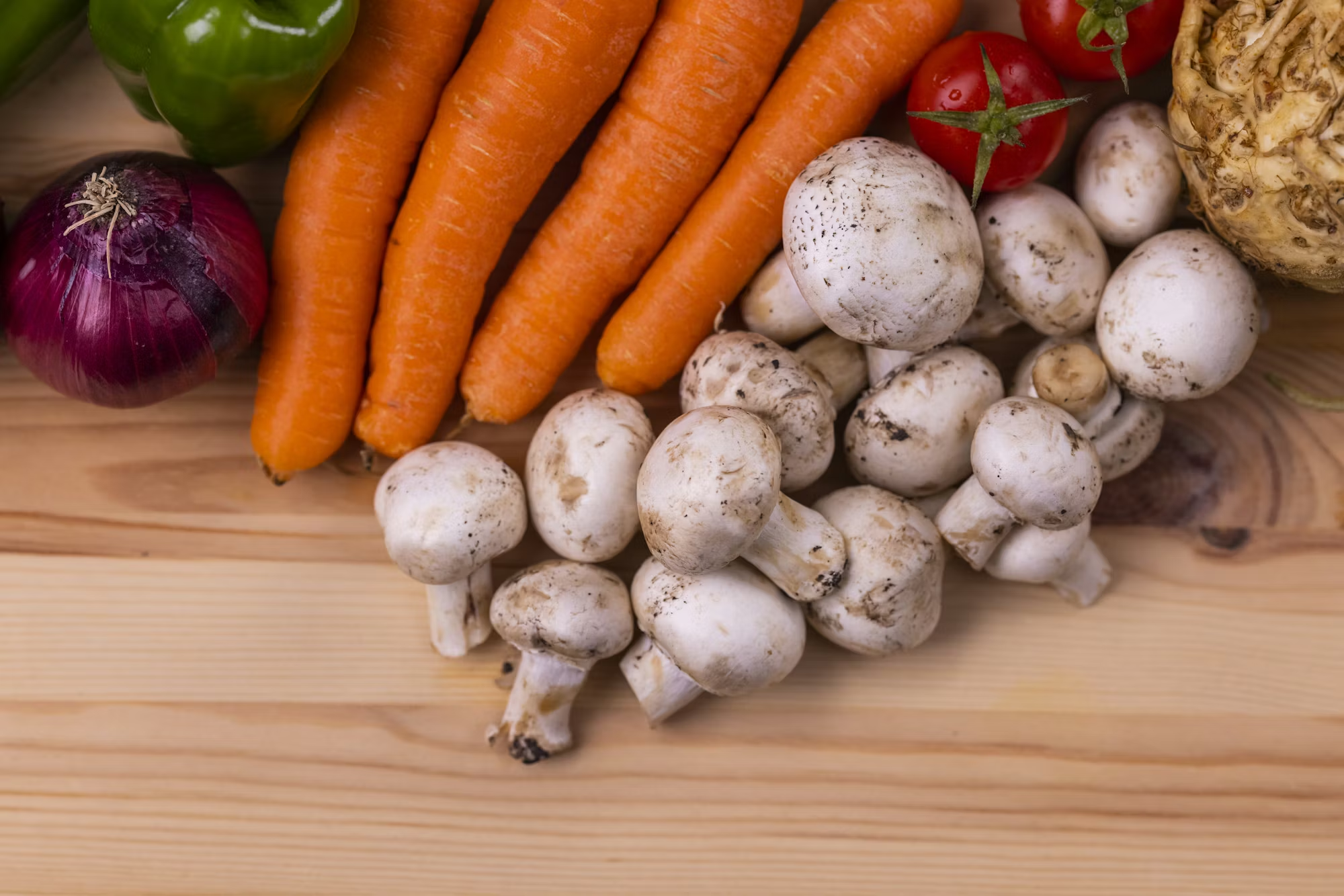Dining out has become an integral part of modern culture, reflecting our social connections, preferences, and even our values. The restaurant industry is a diverse tapestry woven with different types of establishments, each offering distinct culinary experiences. This article explores various types of restaurants, from elegant fine dining to casual eateries, showcasing their unique characteristics and the experiences they offer.
Fine dining restaurants are often considered the pinnacle of culinary artistry. These establishments focus on providing an exceptional dining experience, where every detail is meticulously curated. Guests can expect a sophisticated atmosphere, with elegant decor, attentive service, and a menu that features gourmet dishes made from high-quality ingredients. The dining experience is designed to be leisurely, encouraging guests to savor each course and enjoy the art of food.
The ambiance in fine dining restaurants contributes significantly to the overall experience. Soft lighting, beautiful table settings, and often live music create a serene environment that allows diners to escape from the hustle and bustle of everyday life. Many fine dining establishments also offer wine pairings, enhancing the meal and making it a more immersive experience. The goal here is not just to eat but to indulge in a culinary journey that delights the senses.
In contrast, casual dining restaurants offer a more relaxed and informal atmosphere. These mid-range establishments cater to families and groups looking for a comfortable dining experience without the formalities associated with fine dining. The menus in casual dining spots are diverse, often featuring a mix of traditional comfort foods and contemporary dishes, allowing guests to choose according to their preferences.
Casual dining venues typically have an inviting decor that reflects their relaxed ethos. Bright colors, open layouts, and friendly staff contribute to a welcoming environment where guests can enjoy a meal at their own pace. Many casual dining restaurants also host events like trivia nights or live music, creating a community feel that encourages social interaction. The emphasis on comfort and casualness makes these restaurants popular choices for social gatherings.
Fast food restaurants have revolutionized the dining experience by prioritizing speed and convenience. Establishments like McDonald’s, Burger King, and Taco Bell have become household names, offering quick meals at affordable prices. The appeal of fast food lies in its accessibility; these restaurants are often open late and located conveniently for those on the go.
While fast food has faced criticism for its nutritional value, many chains have started to adapt to changing consumer preferences by introducing healthier menu options and transparency about ingredients. The fast food experience is designed for efficiency, making it a go-to for busy individuals and families looking for a quick bite without compromising on taste. Despite its simplicity, the fast food industry plays a significant role in the culinary landscape, reflecting societal trends towards convenience.
Ethnic and specialty restaurants provide diners with a window into the rich tapestry of global cuisine. These establishments focus on authentic dishes from various cultures, allowing guests to explore flavors and traditions from around the world. From Italian trattorias serving handmade pasta to Mexican cantinas offering vibrant salsas and tacos, ethnic restaurants bring diverse culinary experiences to local communities.
The atmosphere in ethnic restaurants often mirrors the culture they represent, with decor, music, and even staff attire contributing to an immersive experience. Dining at an ethnic restaurant goes beyond just the food; it offers an opportunity to engage with different cultures and appreciate their culinary traditions. This cultural exchange enhances the dining experience and fosters a greater understanding of global diversity.
Buffet restaurants offer a unique dining format that invites exploration and variety. These establishments present a wide array of dishes laid out for self-service, allowing guests to create their own meals from a selection of salads, entrees, and desserts. Buffets cater to diverse tastes, making them ideal for families and groups with varying preferences.
The self-serve nature of buffets creates a communal dining experience, encouraging sharing and interaction among guests. Many buffet restaurants also host special events, such as holiday feasts or themed nights, adding an element of excitement to the dining experience. The abundance of choices and the relaxed atmosphere make buffets a popular option for celebrations and gatherings.
Family-style restaurants focus on serving large portions meant for sharing, fostering a sense of community among diners. This dining format emphasizes the joy of sharing meals, allowing guests to pass dishes around the table and create a more interactive dining experience. Family-style restaurants often feature hearty, comforting dishes that evoke a sense of home cooking.
The atmosphere in family-style restaurants is typically warm and inviting, designed to make guests feel at ease. This type of dining encourages conversations and connections, making it a great choice for family gatherings and celebrations. The emphasis on togetherness and shared experiences enhances the joy of dining out.
With the rise of health consciousness, vegetarian and vegan restaurants have gained traction in recent years. These establishments focus on plant-based cuisine, offering innovative dishes that cater to individuals seeking healthier options or adhering to specific dietary preferences. From vibrant salads to creative vegetable-based entrees, vegetarian and vegan restaurants showcase the versatility of plant-based dining.
Many of these establishments prioritize locally sourced ingredients, ensuring freshness and sustainability in their dishes. This commitment resonates with diners looking for ethical food choices that support local farmers. Vegetarian and vegan restaurants provide a welcoming space for both seasoned plant-based eaters and those exploring meatless options, highlighting the growing demand for diverse dietary choices.
Pop-up restaurants have emerged as a trendy and innovative concept in the culinary world. These temporary dining experiences often feature unique themes or showcase specific chefs, providing an exciting platform for culinary experimentation. Pop-ups may operate in unconventional locations, such as rooftops or art galleries, creating a sense of adventure for diners.
The allure of pop-up dining lies in its exclusivity and novelty, attracting guests eager to try limited-time menus and innovative dishes. This dynamic nature fosters a sense of community as food enthusiasts come together to celebrate creativity in the kitchen. Each pop-up experience is distinct, offering diners a chance to engage with food in fresh and exciting ways.
Farm-to-table restaurants emphasize the importance of sourcing ingredients directly from local farms. These establishments focus on serving dishes made with fresh, seasonal produce and ethically raised meats. Menus often change to reflect the availability of local ingredients, ensuring that each dish is a celebration of the region’s bounty.
This commitment to sustainability not only enhances the quality of the meals but also fosters a deeper connection between diners and their food sources. Many farm-to-table restaurants share stories about their suppliers, inviting diners to appreciate the journey of ingredients from farm to plate. This transparency builds trust and encourages diners to make more informed food choices.
Finally, gastropubs combine the casual ambiance of a pub with elevated cuisine. These establishments serve high-quality food alongside a diverse selection of beverages, including craft beers and artisanal cocktails. Gastropubs have gained popularity for their creative menus that feature comfort food with a gourmet twist, appealing to a wide range of diners.
The combination of high-quality food and a relaxed pub atmosphere creates an inviting environment for social interaction. Whether it’s a casual dinner with friends or a celebratory gathering, gastropubs provide a unique dining experience that encourages guests to unwind and enjoy good company.
In summary, the world of dining out is rich and varied, encompassing a multitude of restaurant types that cater to different tastes and preferences. From the elegance of fine dining to the warmth of family-style meals, each type of restaurant contributes to the vibrant tapestry of culinary experiences we enjoy today. As diners continue to explore these diverse options, they embark on journeys that celebrate the artistry of food and the connections forged through shared meals.









